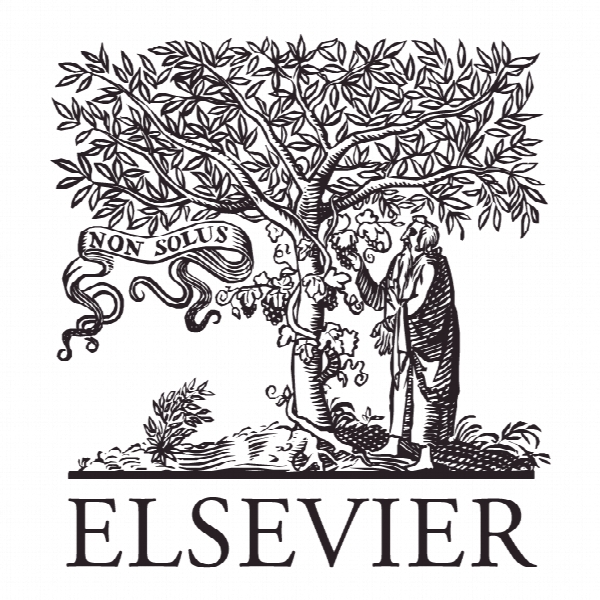از امور مالی تا بازاریابی: ارائه خدمات عمومی به عموم مردم و بازاریابی در صنعت مهمان نوازی From finance to marketing: Initial public offering ownership overhang and marketing in the hospitality industry
- نوع فایل : کتاب
- زبان : انگلیسی
- ناشر : Elsevier
- چاپ و سال / کشور: 2018
توضیحات
رشته های مرتبط مدیریت
گرایش های مرتبط بازاریابی
مجله بین المللی مدیریت مهمانداری – International Journal of Hospitality Management
دانشگاه State University of New York at New Paltz – United States
شناسه دیجیتال – doi https://doi.org/10.1016/j.ijhm.2018.03.019
منتشر شده در نشریه الزویر
کلمات کلیدی انگلیسی Marketing-finance interface, Hospitality, Marketing intensity, Initial public offering (IPO) overhang
گرایش های مرتبط بازاریابی
مجله بین المللی مدیریت مهمانداری – International Journal of Hospitality Management
دانشگاه State University of New York at New Paltz – United States
شناسه دیجیتال – doi https://doi.org/10.1016/j.ijhm.2018.03.019
منتشر شده در نشریه الزویر
کلمات کلیدی انگلیسی Marketing-finance interface, Hospitality, Marketing intensity, Initial public offering (IPO) overhang
Description
1. Introduction With a significant capital infusion from Initial Public Offerings (IPOs), hospitality firms spend aggressively on marketing during the post-IPO period, including advertising, market research, communications, and other marketing efforts. For example, Las Vegas Sands Corporation spent over $120 million on marketing after its IPO in 2004 to “advertise in many types of media…, promote general market awareness of our properties…, and actively engage in direct marketing as allowed in various geographic regions (Las Vegas Sands Corp. Annual Report, 2004).” The marketing expenditures can be critical to newly public firms’ development. For example, Hsu and Jang (2008) examine the relation between advertising expenditures, risk, and intangible value of restaurant firms. Their results suggest that marketing activities are critical in generating intangible value for restaurant firms. However, despite the aggressive investments in marketing and its value implication, few studies have examined IPO and marketing activities of hospitality firms post-IPO. Jang and Park (2010) find that less than 2% of hospitality financial research has focused on IPOs out of the 113 articles they investigated. Further, we find that none of these studies address the marketing activities surrounding the critical event of going public. Along the same line, Jang et al. (2013) point out that “contemporary management strategies increasingly seek to enhance shareholder value via marketing strategies, which suggests the need for further exploration of the connections between marketing efforts and financial metrics.” Despite this increased attention, “little research in the academic fields of tourism and hospitality has focused on bridging the marketing and finance.” Similarly, Downie (1997) stressed the seriousness of conflicts between marketing and finance functions in the hotel industry. With a marketing-finance interface, a firm can better understand and reconcile the conflicts between these two internal functions. We aim to be in the first cohort to investigate post-IPO marketing activities in the hospitality industry. While Kurt and Hulland (2013) find that newly public firms generally “adopt a more aggressive marketing strategy” shortly after an IPO, a more recent study by Saboo et al. (2016) documents that 37% of IPO firms engage in the myopic practice of “curtailing their marketing budgets.” Therefore, it would be natural to explore how these young firms make decisions regarding their marketing budgets and strategies. Marketing spending, like investments in research and development, can be largely agency-driven (Saboo et al., 2016). A central premise of the agency theory is that managerial decisions, including marketingrelated ones, are strongly influenced by the ownership status of each decision maker (Jensen, 1998).


